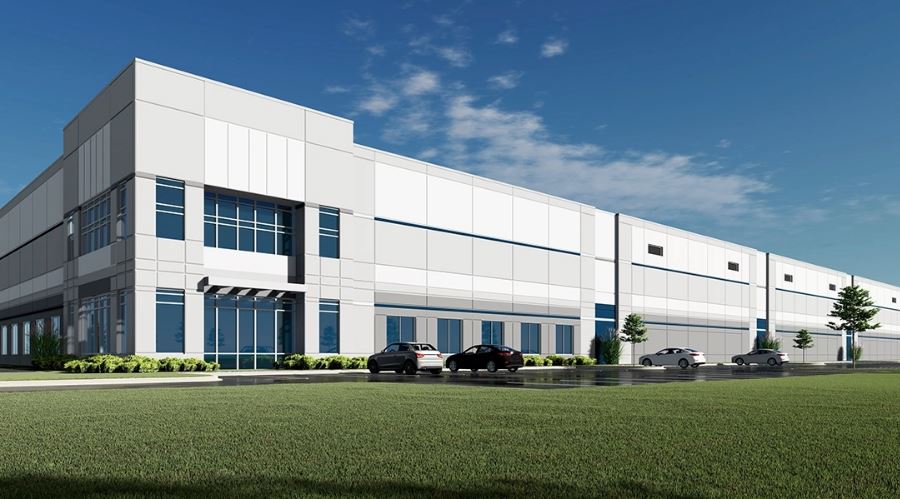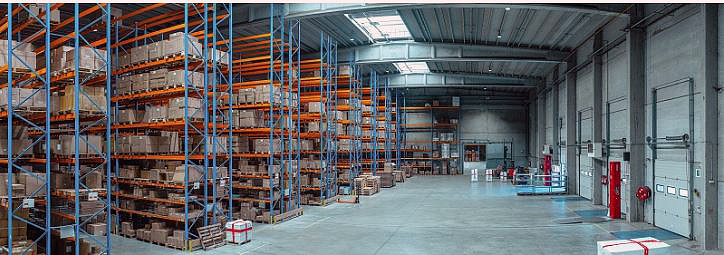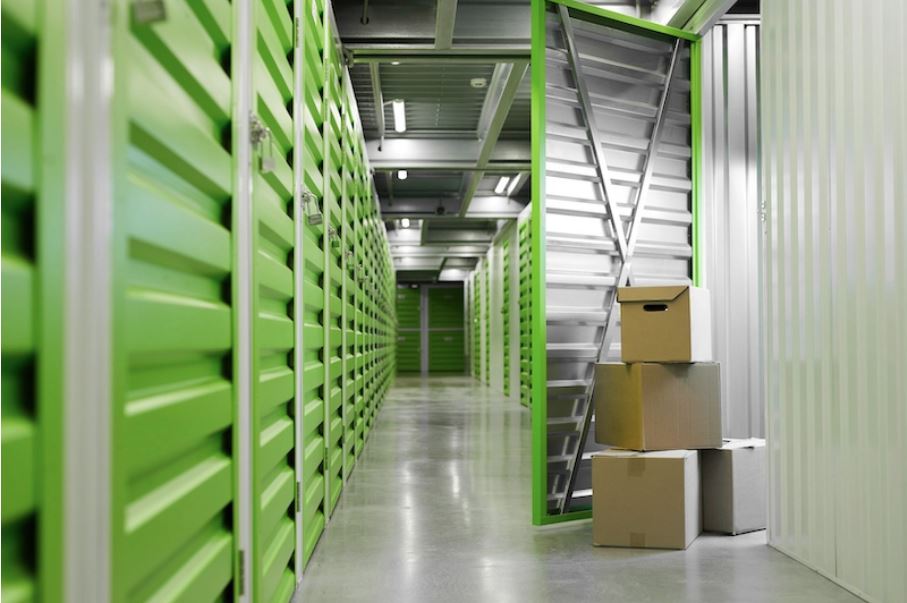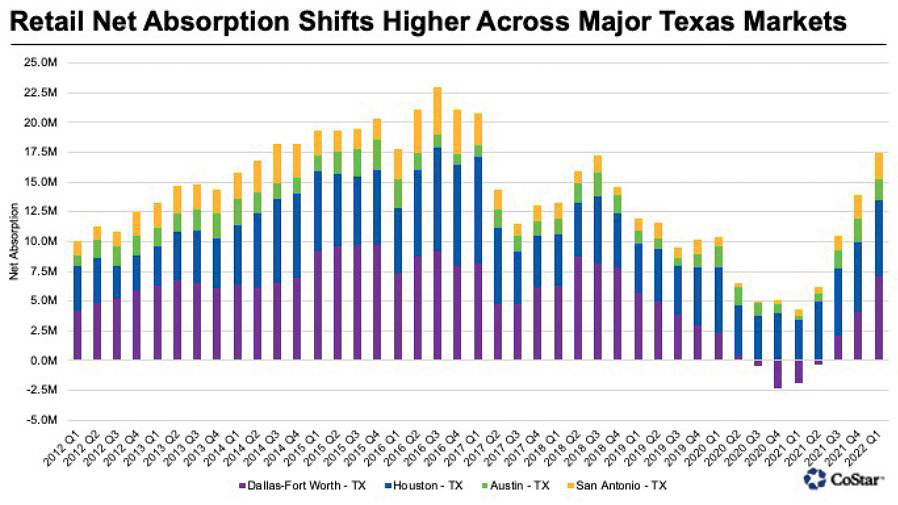The industrial market has thrived both before and during the COVID-19 pandemic. And this sector is showing no signs of slowing as companies continue to seek or build warehouse space across the Midwest and the country.
Midwest Real Estate News spoke with Alfredo Gutierrez, president and founder of Houston-based industrial real estate investment firm SparrowHawk, about what’s behind this continued surge in industrial activity and whether any slowdown is on the horizon.
We all know that the industrial sector is booming today. What are some of the factors driving this explosion in demand?
Alfredo Gutierrez: There is a lot going on. I am not in the camp that says it is all ecommerce driven. Ecommerce is a function of it, but it is not the driving force. Ecommerce was at plus or minus 16% of all retail sales in 2019. It popped up as high as 22% or 24%. Now it has settled back down at about 20%. It is a bit of a higher percent of sales than before the pandemic. We have seen an acceleration of consumers who might not have otherwise been interested in ecommerce embracing this way of shopping.
Look at someone like my mom. She never would have shopped online. The pandemic forced her to come into it. The growth of the younger generation that is pushing the growth of ecommerce will continue. But now many of the people in the more resistant generations are shopping online, too. Companies need more warehouse and distribution space to get the products to their consumers faster. But clearly ecommerce is not the only thing going on to fuel this demand we are seeing for industrial space.
What else is pushing the demand for industrial real estate?
Gutierrez: Manufacturers have discovered that while labor is cheaper in other countries, it is not as efficient. The United States is the most efficient labor market for employers. That is 100% attributed to the resources and technology we have that makes workers much more efficient. With labor being at such a tight, tight number, it has been forcing companies to invest in technology, artificial intelligence, those kinds of items. It was the only way for companies to continue to grow when it’s been so difficult to find labor. As they are doing this, companies are beginning to relocate their manufacturing back to the United States or near-shoring in Mexico. They want to get that manufacturing closer to home. They might not be saving on labor, but they will save on transportation and shipping. That was occurring before 2020, but it only accelerated during the pandemic, and is now having an impact on the amount of industrial space we need in this country.
The pandemic exacerbated the issue. The manufacturing and inventory components were strained. Now everyone is playing catch-up to get back to the stock levels of 2019. But they also want to add 5% to 10% on top of that. There isn’t enough industrial space now to accommodate that. In 18 months, we are going to be out of space. There is barely a year’s worth of vacant industrial space on the market. And that is assuming that every space works for every tenant. If you are saying we have just 18 months of supply, it is worse than that. We need more industrial space, and that, too, is causing an increase in the demand in this sector.
How much of a challenge are rising labor and materials costs today?
Gutierrez: Everything is getting more expensive. Transportation costs are absolutely on the rise. We all know labor costs are rising, too. Go to your local restaurant and they are looking for staff. I haven’t walked into any business in the last 12 months that says they have everybody they need. There are not enough people at any level to cover the demand for services from Americans. That is a problem, and it is putting further pressure on wage increases across the sector.
Nearly 60% of the inflation we are having is fuel related. That is putting a disproportionate amount of pressure on the industries that rely on fuel. If you are a company that is trucking product around, you are relying on fuel big-time. The cost of labor and the cost of fuel are the two biggest strains for companies in the industrial space today.
It can be difficult for tenants to find industrial space today. Do you see this changing anytime soon?
Gutierrez: It will remain challenging throughout this year. I strongly believe that companies and developers will struggle to find industrial space through 2023. The supply is not there. The time it takes to build buildings has expanded. The projects that were taking nine months from shovels in the ground to delivery are now taking 10 to 12 months. The ones that were taking 12 months are now taking 14 to 16 months. Everyone working in the development side of the equation has seen their lead times increase.
What type of industrial space is especially difficult to find today?
Gutierrez: From what I’ve seen, the smaller units are harder and harder to find. They are not being reproduced. There is not a lot of multi-tenant or small buildings in development because of economies of scale. Developers prefer to build a 6- or 7-million-square-foot building instead of a 200,000-square-foot building that accommodates four or five tenants. Commodity costs hit you more on that smaller unit. It is more expensive to build them.
Are there any markets across the country that you think are especially strong in the industrial sector?
Gutierrez: The Midwest markets and the coasts have the lowest vacancies. Everyone has low vacancies, but most of the Midwest markets have vacancy rates down at 3%. Some are as low as sub-2%. I am more excited about the Midwest product than I am about the product on the coasts. I think that our distribution mode and supply chain models are changing. If you are producing product in Mexico, you need to ship it right up the highway through Dallas and then up to Chicago. You’ll then hit the Midwest markets to distribute it to the U.S. population because of their location in the center of the country. I’m not saying that California will be dead. You will always have product there. But the growth of where the supply chain is going is coming from down south or in the southeast and then funneled through the middle of the country.
Do you have any predictions on when we might see the industrial market cool off?
Gutierrez: Vacancy rates will go up eventually. At some point, you are going to see developers building too much supply. We are not perfect. When developers start putting product out there that they are delivering in 12 months and demand starts to cool halfway through, they have to finish building that space. There is always an overhang. But I don’t think we’ll see a huge amount of overbuilding.









